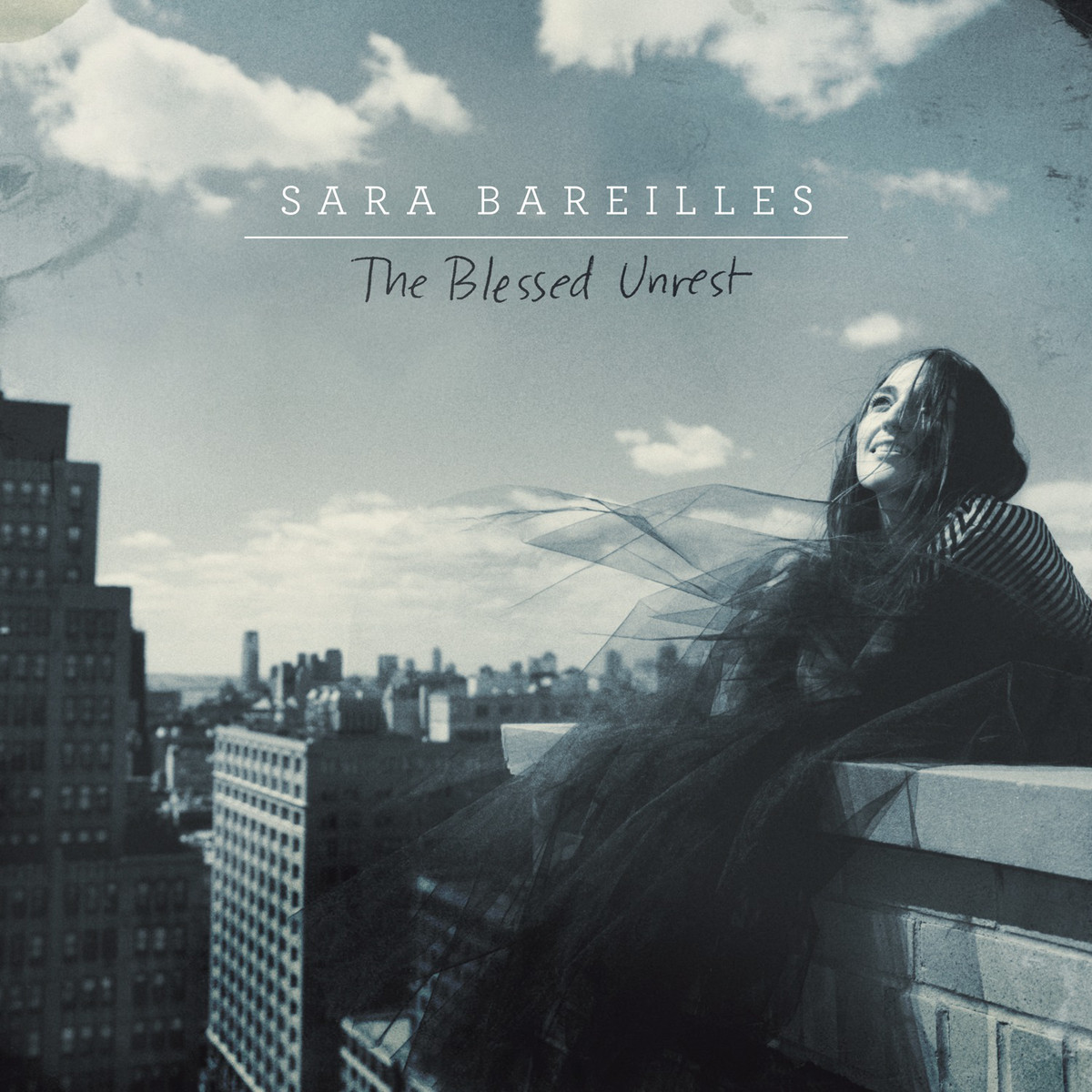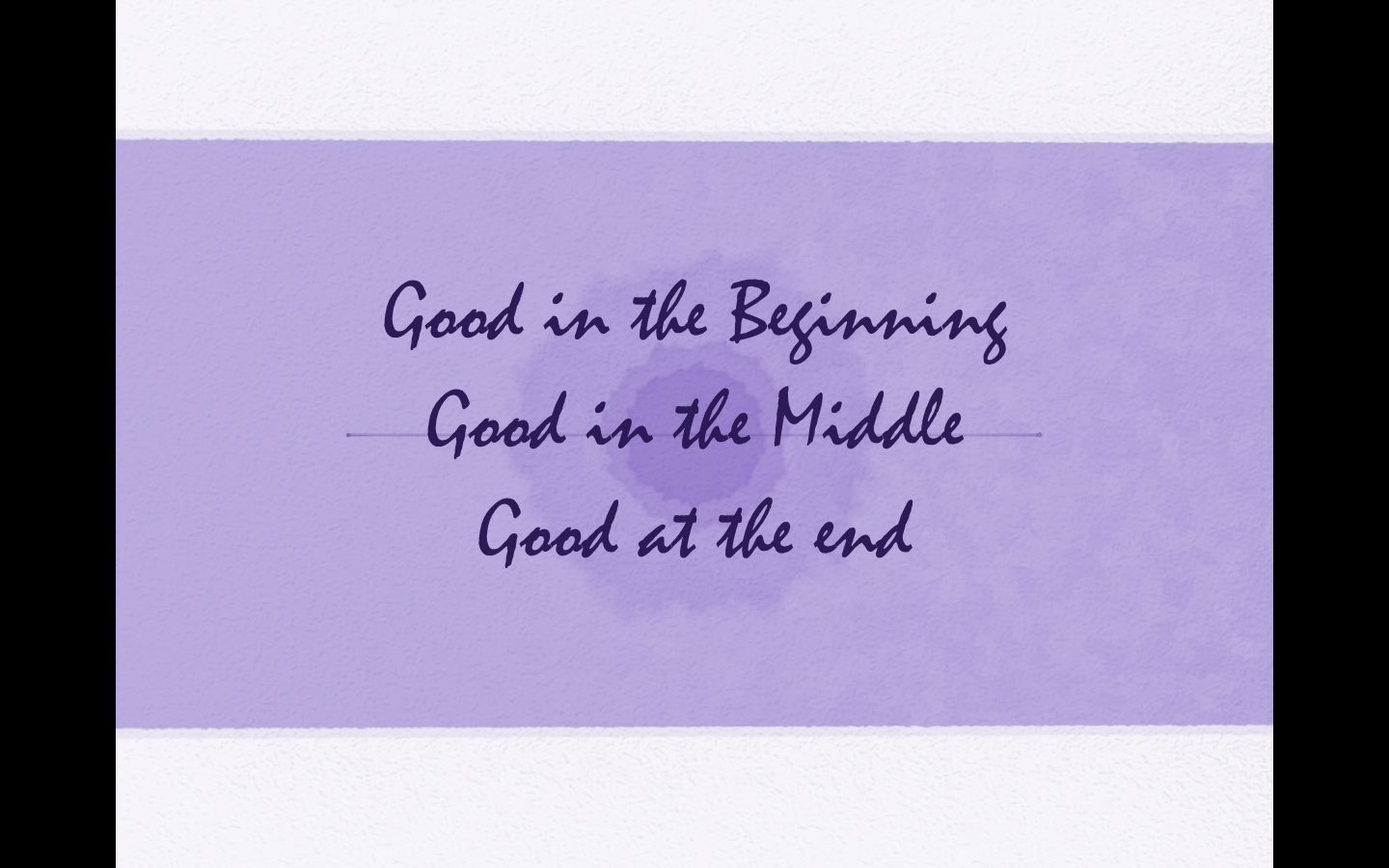Report from a Far Place by William Stafford
I’ve never thought about words as snowshoes. I’ve never even walked in snowshoes—or seen them up close—I’ve only ever seen them in pictures—but I do love the connection William Stafford makes here in his poem, “Report from a Far Place.” When I was a kid and we lived in Michigan we used to walk to school often in snow. When the snow was very deep I would walk behind my brothers–they would break the snow first and I would step into their footprints. That memory is very vivid. Following became a way to navigate the snow. We could call words anything, I suppose–anything that might become meaningful–but here he’s calling them snowshoes: Making these word things to step on across the world, I could call them snowshoes. They creak, sag, bend, but hold, over the great deep cold, and they turn up at the toes. In war or city or camp they could save your life; you can muse them by the fire. Be careful, though: they burn, or don’t burn, in their own strange way, when you say them. Words as a way to navigate the “great deep cold.” What great deep cold needs to be navigated? This week? This year? This lifetime? What words could make particularly good snow shoes? The poem, “Report from a Far Place,” is from Someday Maybe, 1973 I found it at a community college faculty site which contains many other Stafford poems The photo is by Kim...
read more





